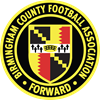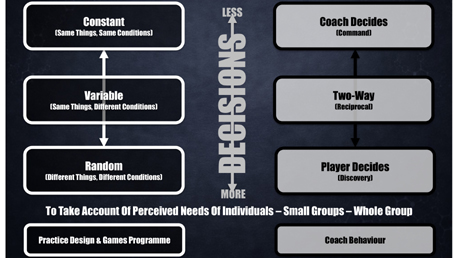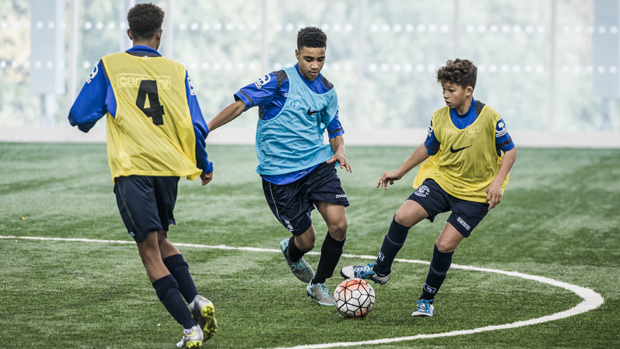
Coaching Techniques: To Counter Or Not?
Counter-attacking has come under the spotlight over the last couple of seasons, during which time teams such as Atletico Madrid, Leicester City and Portugal have generated success at senior level without significantly dominating possession and often winning games using counter-attacking tactics.
The England teams' approach to playing the game promotes the idea of intelligently dominating possession and includes counter-attacking as one of the decisions that players and teams may make upon gaining possession.
This decision-making aspect is key to highlight. The FA, as part of its vision to support the development of coaches and players, is placing a significant premium on the importance of good decision-making.
Naturally, the 'right' decision (whatever that may be) is likely to be dependent upon the context. This, often, leads to questions:
1 - What do we want to achieve in any given game (hold on to a lead, come back from behind, put the opposition on the back-foot etc.)?
2 - What type of qualities do we hope to support the development of in our players (friendly, supportive, challenging, skillful, winners etc.)?
The tentative answers to these questions are the decisions we make in playing and coaching football.
From a coaching perspective, the picture below asks coaches to consider the activities they choose and the coaching behaviours they exhibit in their work to develop players and people.
The activities are on the left of the diagram and the behaviours on the right. You are urged to recognise that the practice activities on the right include the games programme that your players are exposed to and the game experiences they receive.
Constant practice refers to the same things being practised in the same conditions. For example, if I only ever play as a right back in an 11 v 11 game on a full size pitch then, even though the game of football is a random game, my experiences may be more constant. If I play a variety of game formats, positions and types of competitions (league, knock-out, tournaments) then I may be receiving a more variable/random programme.
These terms, core within The FA Youth Award over the last 8 years, (Constant-Variable-Random) also refer to the practices that we deploy during training. Highly repetitive practise of the same technique e.g. passing back and forth between a pair of cones over 10 yards with my right foot is pretty constant. An open flowing practice game: more random.
There isn't right or wrong in the decisions we make as coaches, only that it is important we recognise what we might be getting (and not getting) as a result of those decisions. If we value decision-making and want this to be high, then more random activities may be more relevant.
The same applies to the behaviours we select (although this isn't implying that practice activities and coaching behaviours are synonymous). If the coach makes all the decisions and instructs the players what to do, then decision-making is probably not at a premium for the players.












